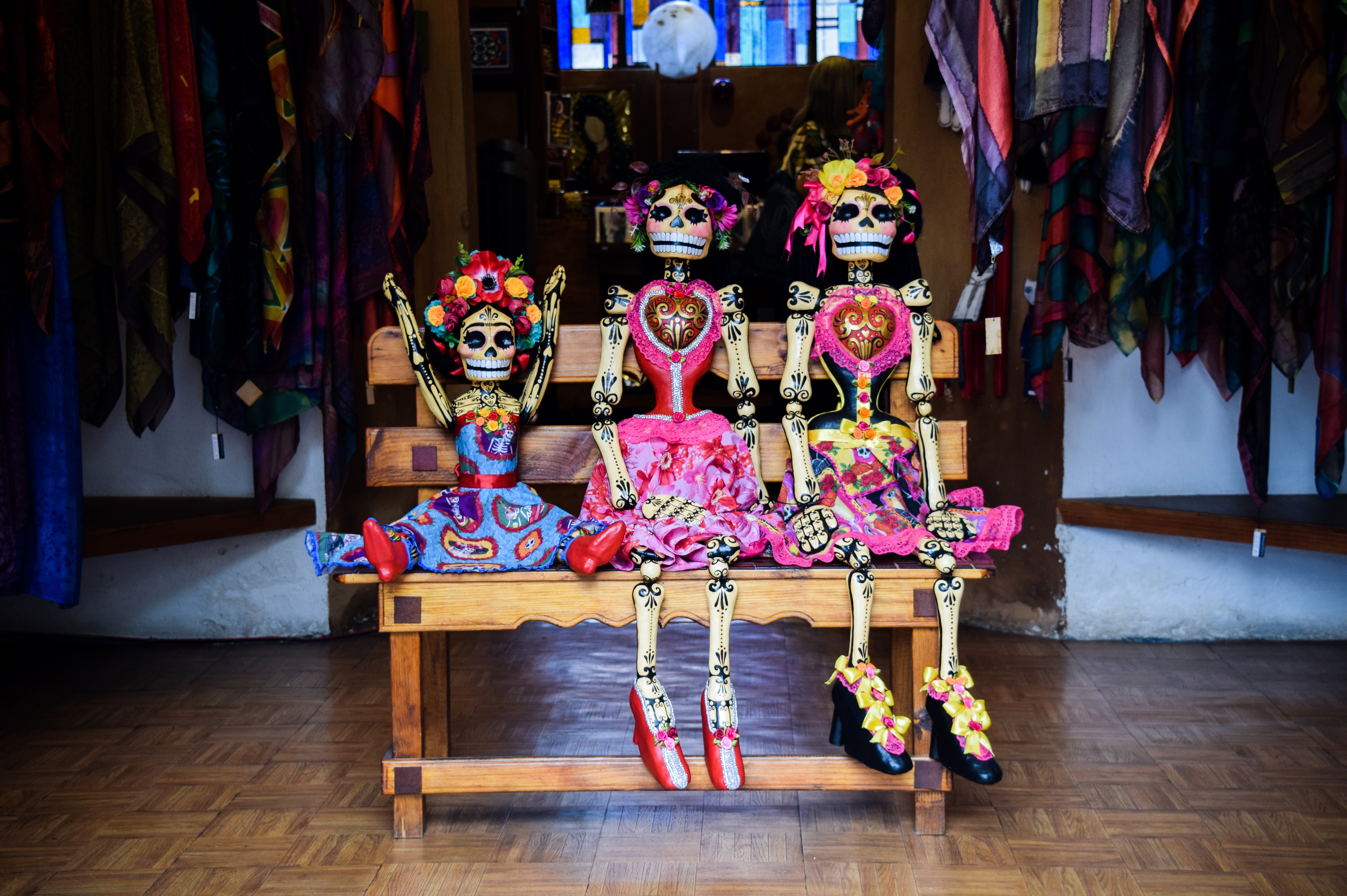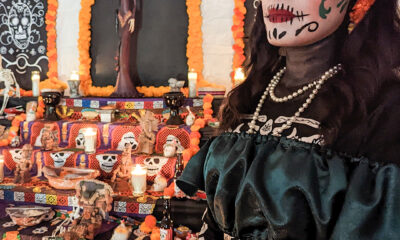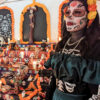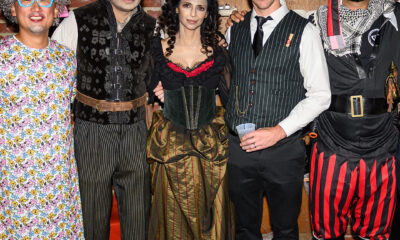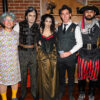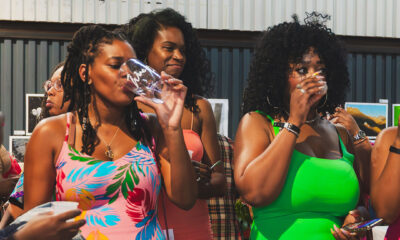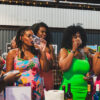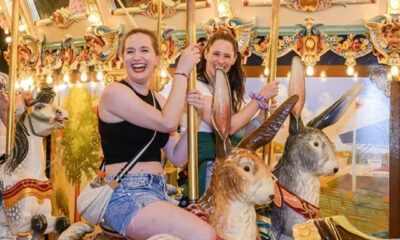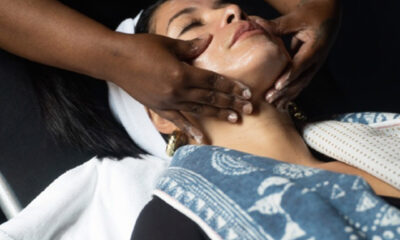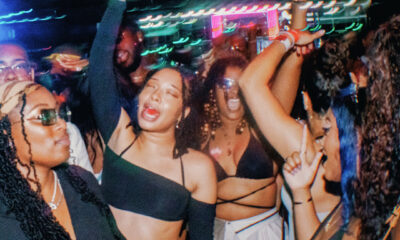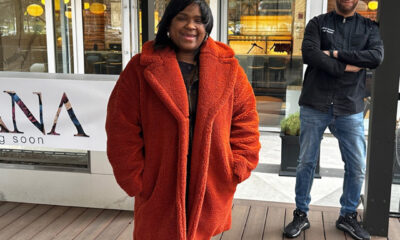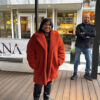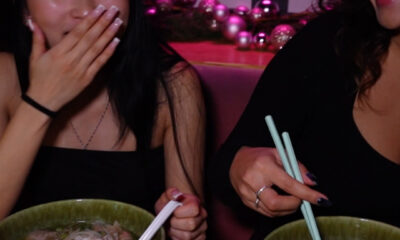Don’t Miss the Día de los Muertos Celebration at the Penn Museum!
Don’t Miss the Día de los Muertos Celebration at the Penn Museum!
The Penn Museum, joining with the Mexican Consulate in Philadelphia and the Mexican Cultural Center, presents the sixth annual Día de los Muertos, or Day of the Dead Celebration Saturday, October 28, from 11:00 am to 4:00 pm, throughout the galleries of the international museum of art, archaeology and world cultures. Music and dance, pageantry and puppetry, paper maché artistry, sugar skull and paper flower making, face painting, a Mexico and Central America gallery tour, and special celebration foods are all part of the festive day.
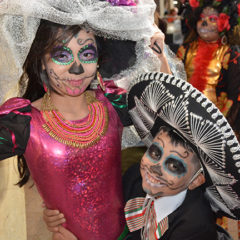 Renowned Philadelphia artist and muralist Cesar Viveros creates the celebration’s centerpiece, an elaborate Day of the Dead altar. Guests have an opportunity to vote for their favorite of smaller altars created by community groups, at an altar competition with prizes for the winners. Everyone is encouraged to come in costume and costumed guests under age 12 receive half price general admission to the day. Guests dressed in a Day of the Dead-themed costume such as La Catrina, or as a traditional Mexican icon like Frida Kahlo, can join an afternoon parade and costume contest.
Renowned Philadelphia artist and muralist Cesar Viveros creates the celebration’s centerpiece, an elaborate Day of the Dead altar. Guests have an opportunity to vote for their favorite of smaller altars created by community groups, at an altar competition with prizes for the winners. Everyone is encouraged to come in costume and costumed guests under age 12 receive half price general admission to the day. Guests dressed in a Day of the Dead-themed costume such as La Catrina, or as a traditional Mexican icon like Frida Kahlo, can join an afternoon parade and costume contest.
As always, ghoulish skeletons and macabre decorations abound, but make no mistake: Day of the Dead is anything but somber. It’s a vibrant cultural celebration, rich in traditions and connections—it is at heart a celebration of life.
The Day of the Dead Celebration is free with Penn Museum admission ($15, general admission; $13, seniors [65+]; $10, children [6-17] and full-time students [with ID]; $2 ACCESS Card holders; free to children under 5, members, active U.S. Military, STAMP and PennCard holders).
Music and Dance
Headlining the day is the popular New York-based group Radio Jarocho & Zenen Zeferino, sharing the energetic, foot-tapping Son Jarocho style music, with its performance of “The skeletons come to the fandango!” —dance, music, and poetry to commemorate the lives of those who are no longer with us. The Norristown-based Ballet Folklorico Yaretzi takes you through a journey across Mexico with a mix of each state’s own traditional style, colorful repertoire and amazing tap steps. Ollin Papalotl Group showcases Aztec dances and traditional costumes.
Centerpiece and Remembrance: Hurricane and Earthquake Victims of 2017
The modern Mexican Day of the Dead holiday is a rich blending of traditions, its origins tracing back to beliefs and activities of indigenous peoples of Central and South Mexico, as well as Catholic celebrations of All Saints’ Day and All Souls’ Day. Throughout Mexico and around the world, the Day of the Dead brings family and friends together in a jovial manner to pray for and remember deceased loved ones.
Creating ornate Day of the Dead altars is one of the most important traditions in Mexican, Mexican-American, and Latino communities worldwide. The altars typically have three levels: one for food and flower offerings to those who have died; one that touches on religious traditions, including the pre-Hispanic tradition that to remember someone is to “bring them back” among the living, and; a final level which dedicates the altar to someone.
This year’s central altar, designed by Cesar Viveros and built with help from the Mexican Consul in Philadelphia staff members, honors the recent victims of natural disasters—the hurricanes and earthquakes, which have laid waste to the homes, and very lives, of so many people in Mexico, and neighboring parts of the United States and the Caribbean islands.
Partners in the Celebration
The Mexican Consulate in Philadelphia, the Mexican Cultural Center, and regional community groups join the Penn Museum to make the afternoon possible. The celebration, the event first in the Museum’s World Culture Day series, is made possible in part with generous support from the Philadelphia Cultural Fund and the Pennsylvania Historical and Museum Commission. Telemundo and Visit Philly (Philly Te Ama), are sponsors for the day.
Schedule for the Day
Beginning at 11:00 am, guests of all ages can join in the celebration with face painting, tissue paper flower making, and shopping amongst Mexican craft vendors. Beginning at 1:00 pm, guests can decorate sugar skulls at an afternoon craft station. Food is very much a part of Day of the Dead celebrations, and guests may sample traditional sweet “pan de muerto” buns and spicy hot chocolate, Maya-style, while supplies last.
At 11:20 am, Ollin Papalotl Group performs traditional Aztec dances. Marionette puppets from the Mexican Cultural Center perform twice: at 12:00 a.m. show, and again at 1:40 pm.
The Penn Museum’s Mexico and Central America gallery features art and artifacts from the ancient Maya and other pre-Hispanic cultures of the region, and Museum Curator Simon Martin, at work on a reinstallation of the gallery to open in November 2018, offers a tour at 12:30 pm
The Ballet Folklorico Yaretzi performs traditional Mexican folk dances at 1:00 pm, and join Radio Jarocho & Zenen Zeferino for “The skeletons come to the fandango!”—a rousing final set at 2:15 pm.
Beginning at 3:30 pm, judges announce the winners for best community altars, and guests in traditional Day of the Dead costumes are invited to join a procession to end the day.


